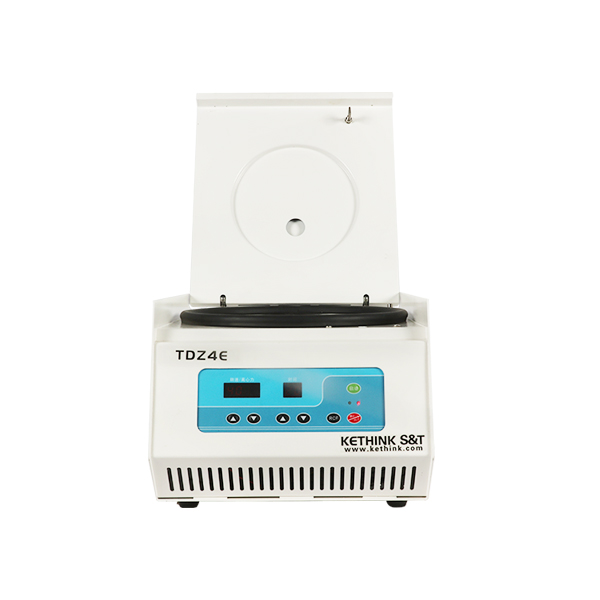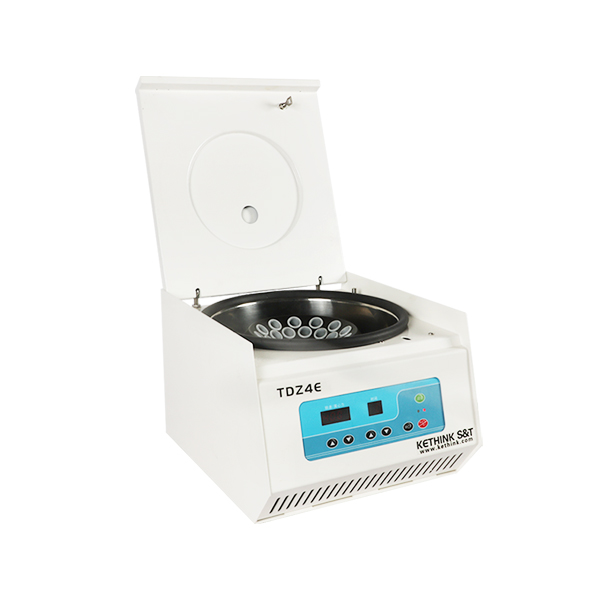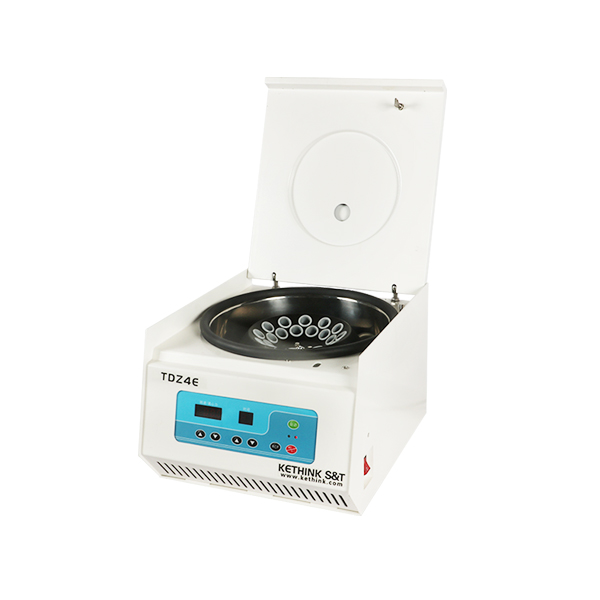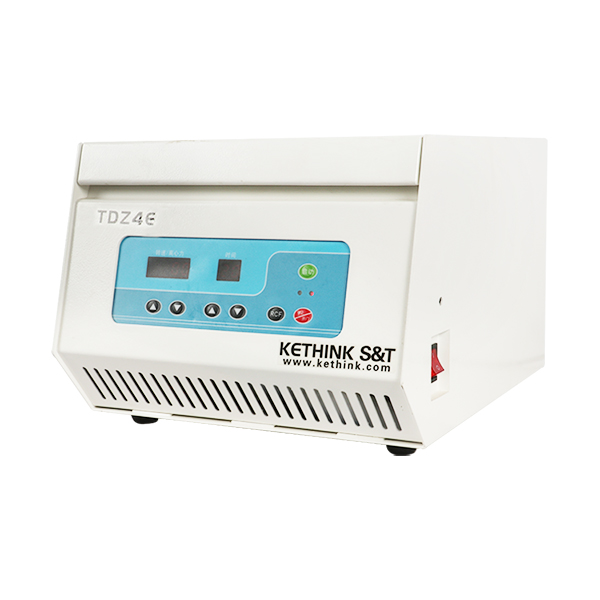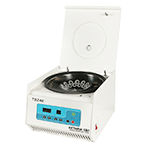Urine Centrifuge, low speed 1500rpm centrifugal urine
KT-TDZ4E low-speed multi-tube rack urine centrifuge is widely used in clinical medicine, biochemistry, immunology, and other fields as a supporting centrifuge equipment for urine sediment analysis instruments.
A urinary sediment test is a common examination item in clinical medicine. Generally speaking, it mainly examines the red blood cells, white blood cells, epithelial cells, bacteria, and fat bodies in human urine to determine whether the patient has obvious disease phenomena.
- Model NO: KT-TDZ4E(LED/LCD)
- Max Speed: 4000rpm
- Max RCF: 2580xg
- Max Capacity: 24*15ml
- Speed Accuracy: ± 15rpm
- Timer Range: 1 ~99min
- Display: LED
- Motor: DC brushless motor
- Noise: ≤55dB(A)
- Power: 110W
- Power Supply: AC220V 50HZ 5A
- Net Weight: 24kg
- Device Dimension: 500 *420 *320mm(L*W*H)
Urine Centrifuge Rotors(customized product available)
| No | Item | Max Speed(rpm) | Max RCF(xg) | Capacity(ml) | Tube Size(mm) |
| NO.1 | Horizontal rotor body+ tube rack | 4000rpm | 2580xg | 12*10/15ml | Φ16*120 |
| NO.2 | Angle rotor | 4000rpm | 2580xg | 24*10/15ml | Φ16*135 |
| NO.3 | Horizontal rotor body+ tube rack | 4000rpm | 2760xg | 16*10/15ml | Φ16*135 |
Features
- Maintenance-free DC brushless motor, ultra-low noise.
- Microcomputer control, LED/LCD display, intelligent interface, and fault display can be set at any speed.
- Automatic door cover and over-speed protection ensure stable system operation and low vibration.
- 3 types of rotors (2 horizontal rotors suit for 10/15ml urine sample, 1 angle rotor) for choice.
- High-quality steel structure, built-in stainless steel inner cavity, explosion-proof protective inner sleeve.
At what speed and how long urine be centrifuged?
- 1500rpm, 5 minutes in standard operation.
This is a hard question to answer!!! Because the longer the radial arm, the slower the centrifuge spins to achieve the same gravity. Most centrifuges have a radial arm of about 14.5 cm and should be spun at ~1,500 rpm (range 1,000-2,000 rpm) for about 5 minutes. Longer times at slower speeds, ranging from 3-5 minutes. Centrifuging urine at excessive speeds or for prolonged periods of time may cause artifacts such as cell rupture and cast fragmentation.
Urine centrifuge procedure
- Place the urine in a 50 mL centrifuge tube and centrifuge at 600 g for 10 minutes at room temperature (15-30ºC).
- Pipette the supernatant to within about 1-2 mL of the cell pellet. And be careful not to disturb the pellet.
- Resuspend the pellet in the remaining 1-2 mL of supernatant. And transfer the contents to a 15 mL conical centrifuge tube. Rinse the 50 mL tube with 10 mL of 1X PBS. and transfer the contents to a 15 mL tube.
- Centrifuge the sample at 600 g for 10 min at room temperature.
- Pipette the supernatant to within about 0.5 mL of the cell pellet.
- Resuspend the pellet in the remaining 0.5 mL of supernatant. Slowly add 1-5 mL of fresh fixative (3:1, methanol:acetic acid). Add dropwise first, stirring frequently.
- Place the fixed specimen at -20ºC for at least 30 minutes.
- The samples were centrifuged at 600g for 5 minutes at room temperature. Carefully remove the supernatant.
- Wash the pellet by resuspension with 1-5 mL of fixative.
- The samples were centrifuged at 600g for 5 minutes at room temperature. Repeat steps 8 and 9 twice.
- After centrifugation of cell suspension in fixative:
- a. If the cell pellet is so small that it is barely visible, carefully remove as much fixative as possible, leaving approximately 100 µL of solution.
- b. If the cell pellet is easily visible, remove as much fixative as possible and add 0.5-1 mL of fresh fixative to the cell pellet.
- Immediately proceed to the slide pretreatment procedure. A FISH pretreatment kit was then used.
Related articles:Examining the urine sediment can provide important clues to your patient’s diagnosis.

